NASA Astronauts Try To Grow Organs Aboard The ISS
Anil - Mar 17, 2020
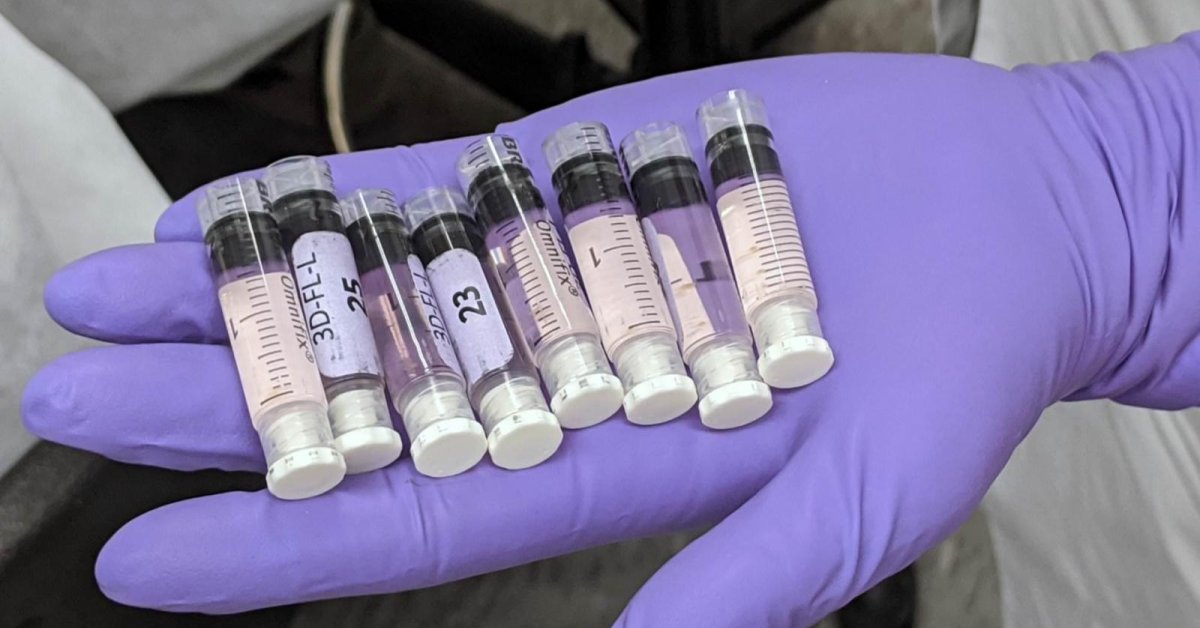
ISS astronauts are trying to grow the stem cells in a mobile minilab, which was sent by SpaceX’s Dragon capsule last week.
- Russia Will Build A Lunar Space Station With China Because It's Done With NASA
- NASA Reveals 20 Most Stunning Earth Images Taken From The ISS
- Indian-Origin NASA Researcher Discovers Jupiter Moon Europa Glows In The Dark
There is a myriad of interesting plans being implemented on the International Space Station (ISS). One of them is NASA’s astronauts’ project of growing three-dimensional cultures on the purpose of observing how zero gravity assists their growth.
It means that they are growing new organs in space. This experiment will be the first step in a bigger project which is to grow human tissue from human stem cells originated from Earth.

These stem cells are expected to eventually turn into bone, cartilage, and other types of organs. If their targets become true, they will expect to open their experiment to grow organs for transplant purposes.
The reason for this experiment comes from the idea of utilizing weightlessness as a tool, according to Cara Thiel’s description. Theil is one of the two experts from the University of Zurich conducting this research.
It is believed that human stem cells are stimulated to grow in a 3D manner in zero-gravity conditions. However, the most accessible way to apply this hypothesis on Earth is the condition of single-layer structures.
ISS astronauts are trying to grow the stem cells in a mobile minilab, which was sent by SpaceX’s Dragon capsule last week.
Researchers expect that their experiment will last for one month to best observe the growth of the stem cells. If they are successful, the laboratory will move on to a bigger step in their project. From that point on, NASA can use the process to generate tissue for patients’ transplants from cells.
Furthermore, organ-like material could be manufactured for other medical experiments, which then would reduce the use of animals in drug testing and experiments.
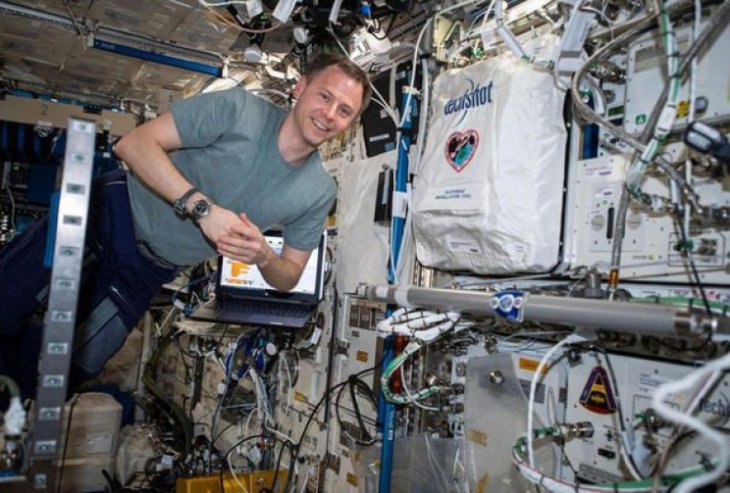
Head of this research - Professor Ullrich - hold his belief in the experiment due to the fact that investigations both on Earth and in Space present that cells in microgravity exhibit spatially unlimited growth and assemble into complicated 3D aggregates.
Featured Stories
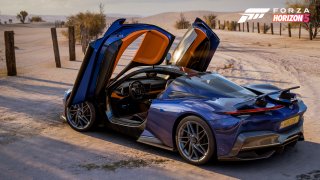
Features - Jul 01, 2025
What Are The Fastest Passenger Vehicles Ever Created?
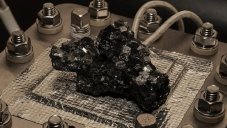
Features - Jun 25, 2025
Japan Hydrogen Breakthrough: Scientists Crack the Clean Energy Code with...

ICT News - Jun 25, 2025
AI Intimidation Tactics: CEOs Turn Flawed Technology Into Employee Fear Machine

Review - Jun 25, 2025
Windows 11 Problems: Is Microsoft's "Best" OS Actually Getting Worse?
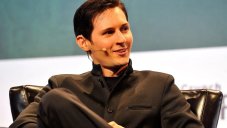
Features - Jun 22, 2025
Telegram Founder Pavel Durov Plans to Split $14 Billion Fortune Among 106 Children
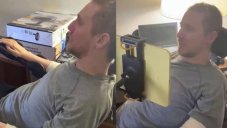
ICT News - Jun 22, 2025
Neuralink Telepathy Chip Enables Quadriplegic Rob Greiner to Control Games with...

Features - Jun 21, 2025
This Over $100 Bottle Has Nothing But Fresh Air Inside

Features - Jun 18, 2025
Best Mobile VPN Apps for Gaming 2025: Complete Guide

Features - Jun 18, 2025
A Math Formula Tells Us How Long Everything Will Live

Features - Jun 16, 2025
Comments
Sort by Newest | Popular